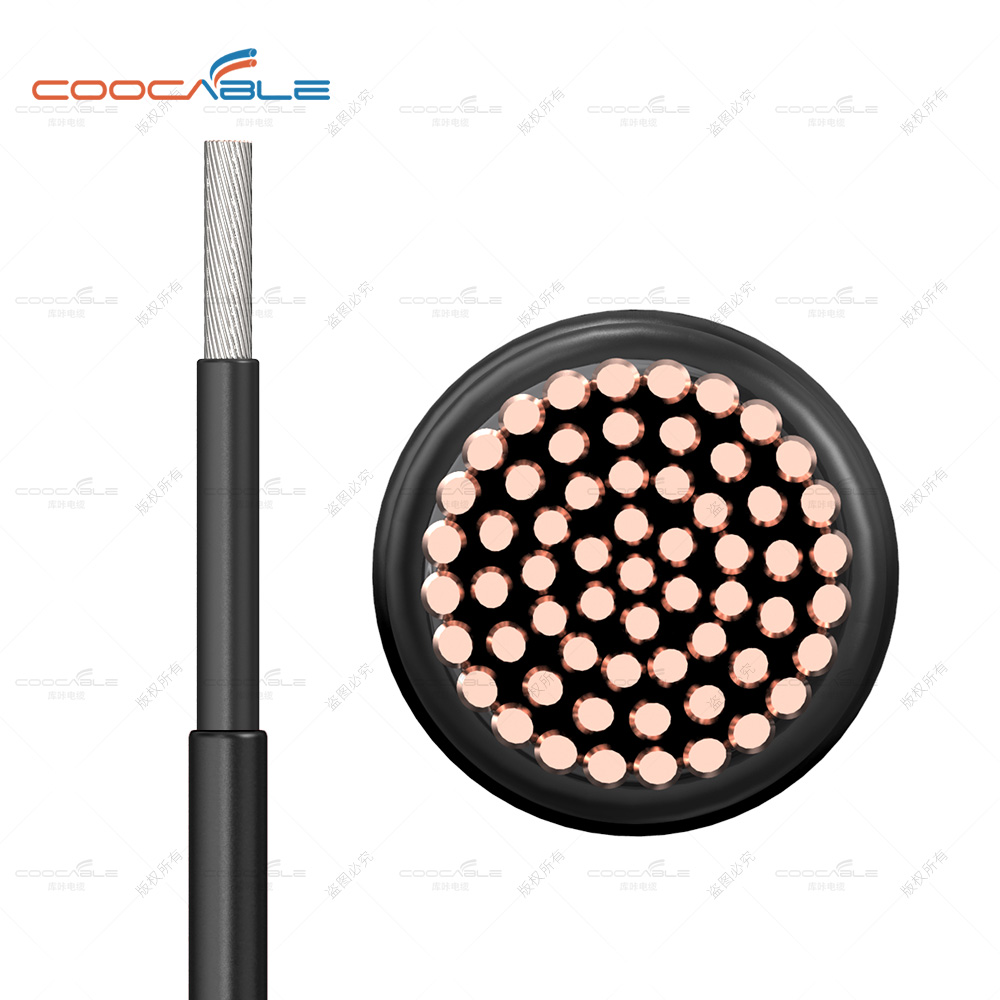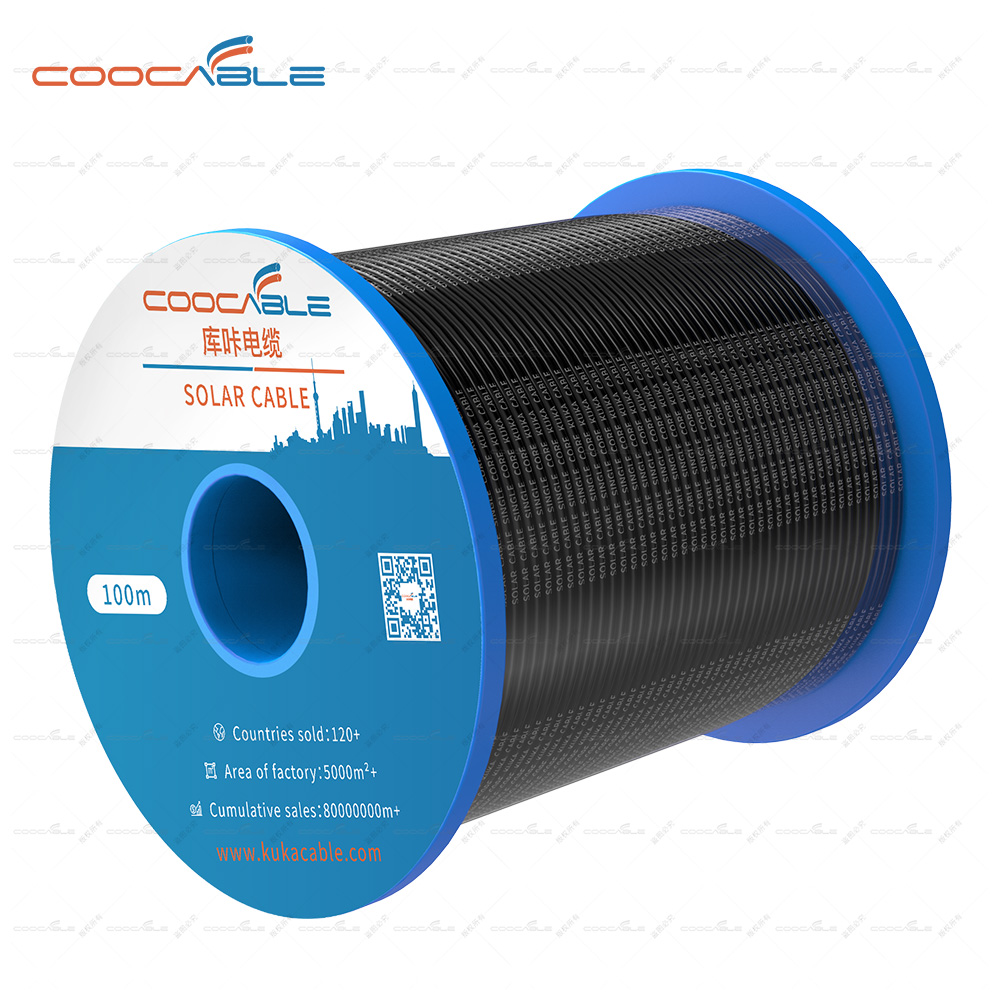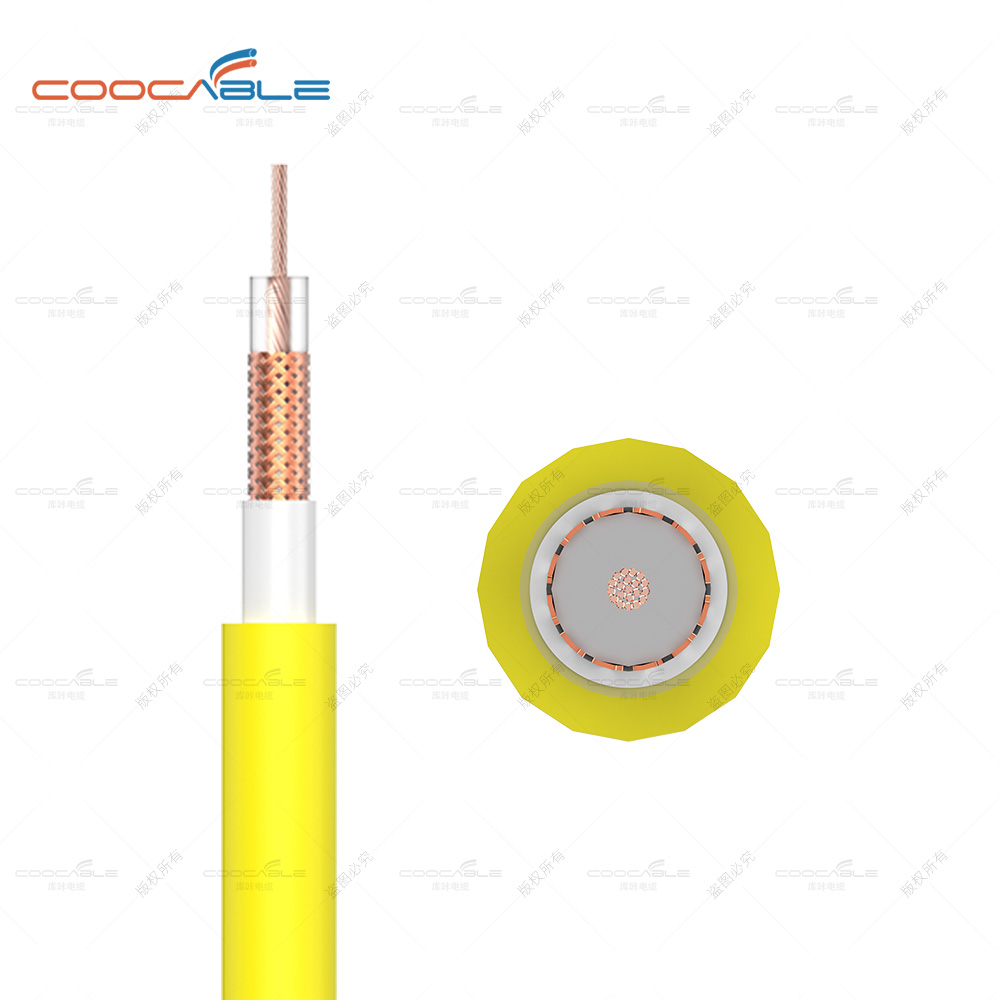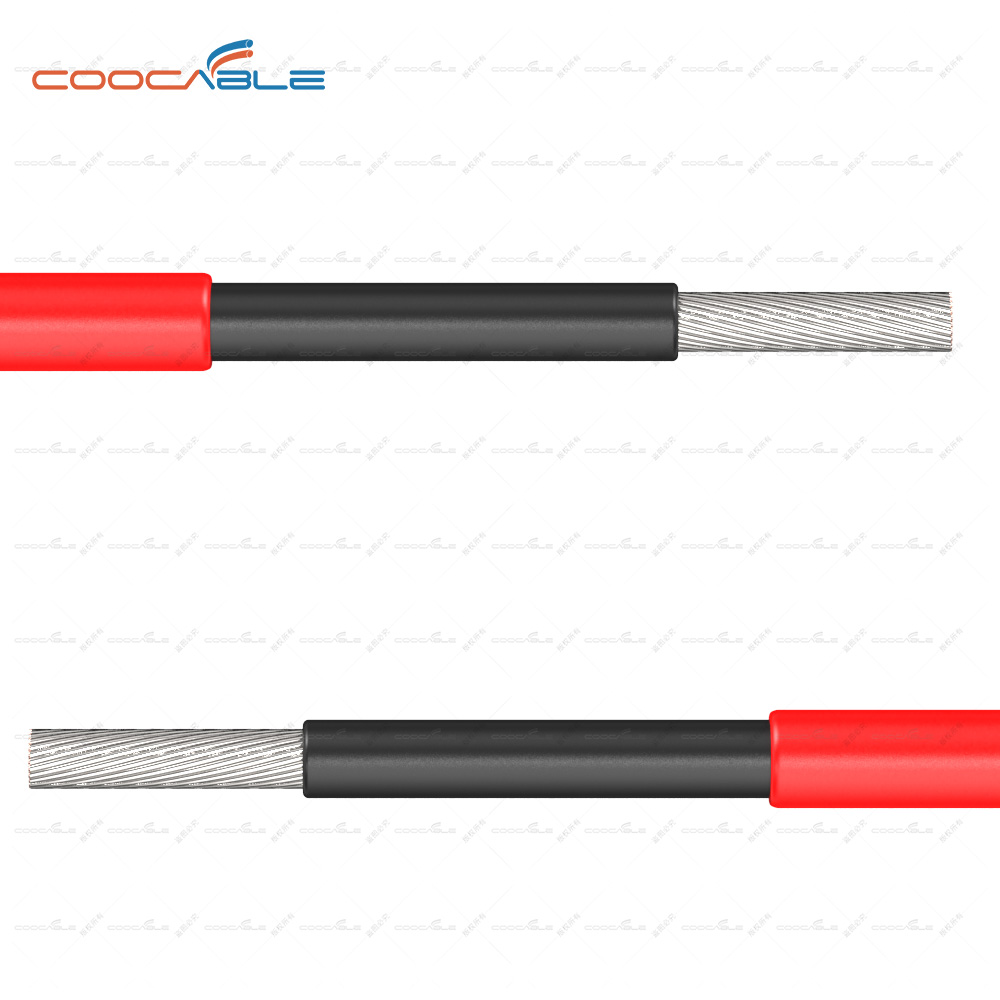How to choose a photovoltaic power generation system cable?
How to choose a photovoltaic power generation system cable?
Generally, the cable from the string to the combiner box uses the photovoltaic special cable PV1-F1*4mm²solar cable.
The photovoltaic cable has a simple structure, and the polyolefin insulating material it uses has excellent heat resistance, cold resistance, oil resistance, and ultraviolet resistance. The material can be used in harsh environments and has a certain mechanical strength.
The main technical requirements for cable manufacturing are as follows:
1. The DC power supply circuit is suitable for two-core solar cables, and single-core solar cables can be used when required.
2. PVC insulated cables should not be used in places with high temperatures above 100°C or low temperatures below -20°C.
3. When laying cables directly, when the cables are subjected to greater pressure or there is a risk of mechanical damage, it is recommended to use steel tape armored cables.
4. The temperature of the cable core under the action of the maximum operating current shall not exceed the allowable value determined by the service life of the cable.
5. Determine the ambient temperature that the cable continues to allow for the current carrying capacity. If the cable is laid in the air or in a cable trench, the average value of the highest temperature in the hottest month and day should be taken.
The selection of the cable path should meet the following requirements:
1. Avoid damage to the cable by a mechanical external force, overheating, corrosion, etc.
2. Make the cable shorter when the safety requirements are satisfied.
3. Easy to lay and maintain.
4. Whenever possible, avoid excavating near the construction site, or changing parts of the cable in any laying method, and all path conditions should meet the cable's bending radius requirements.
Cable selection specific requirements:
The cables used in the low-voltage DC transmission part of the solar photovoltaic power generation system have different requirements for the connection of different components due to different use environments and technical requirements. The overall factors to be considered are: the insulation performance of the cable, heat resistance and flame retardant performance, Ageing
performance and wire diameter specifications.
1. The connection cable between the solar cell module and the module is generally connected directly by the solar cable attached to the module junction box. When the length is not enough, the solar extension cable can also be used.
Depending on the power of the components, this type of connecting cable has three types of cross-sections: 2.5mm, 4.0mm, and 6.0mm.
The solar cable uses a double-layer insulating outer skin that provides superior anti-ultraviolet, water, ozone, acid, and salt erosion resistance, as well as wear resistance.
2. To connect the battery to the inverter, a multi-strand flexible wire that has passed the UL test must be used, and it should be connected as close as possible to the battery.
Choosing short, thick cables can reduce system losses, increase efficiency, and enhance reliability.
3. The connection cable between the battery square array and the controller or DC junction box also requires the use of multi-strand flexible wires that have passed the UL test. The cross-sectional area specification is determined by the maximum output current of the square array.
The cross-sectional area of the DC cable at the name site is determined according to the following principles: the connecting cable between the solar cell modules and the modules, the connecting cable between the battery and the storage battery, and the connecting cable for the AC load. Generally, the rated current of the selected cable is the maximum continuous operation of each cable. 1.25 times the current; the connection cable between the solar cell array and the square array, the connection cable between the battery (group) and the inverter, the rated current is selected to be 1.5 times the maximum continuous working current of each cable.





